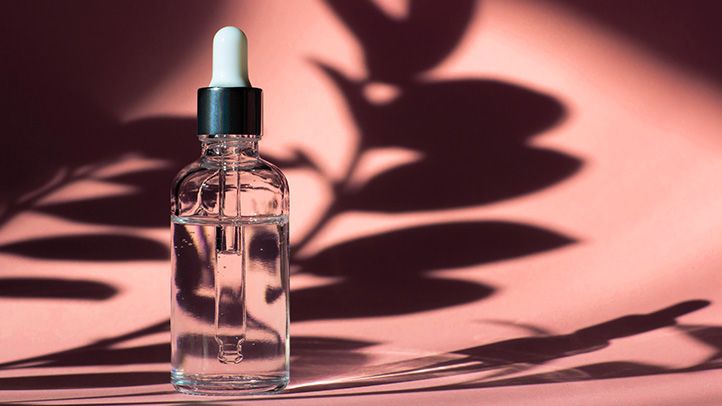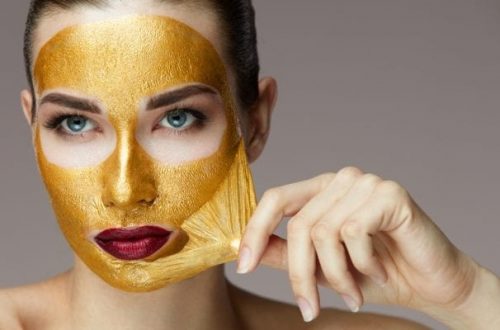
What Is Tartaric Acid? Popular uses and benefits to the skin
Tartaric acid occurs naturally in wine, fruits, and plants. The organic substance has been in use for donkey years in addressing different issues. Business-wise, it is used as a flavoring agent and additive. In other commercial industries like textile, ceramics, tanning, pharmaceuticals, healthcare, printing, and photography, tartaric acid is used daily.
In this article, you will learn about the uses of tartaric acid especially for health care purposes, and its benefits to the skin. But before diving into the discussion: how about a quick historical tour about the substance?
About tartaric acid
The substance is generally a part of the plant family, and its chemical name is dihydroxybutanedioic acid. In the year 1769, Carl Wilhelm, a chemist from Sweden isolated the acid. But before the work of Carl Wilhelm, the old Romans and Greek had moderately studied it in its refined state. Note that during the production of wine, the water-soluble and colorless form of the acid is produced.
Uses of tartaric acid
You must have seen tartaric acid on the labels of some healthcare products and you probably thought that its use is only limited to skincare alone. But that is not the case. Below, you will find other uses of the organic substance.
Food additive
The substance naturally has a sour taste that makes food have a tart flavor and sour taste. It is added to fruit jellies, carbonated drinks, gelatin tablets, etc., for preservation.
Industrial uses:
The industrial uses of this acid include silver and gold plating procedures, metal polishing, cleaning, leather tanning, and blue ink production.
Tartaric acid for skincare
Acid is one of the many skincare ingredients producers add to skin products. Gradually, the acid is making a buzz in the market, and soon, it probably may take over or compete aggressively with other popular acids skincare acids. The benefits of the acid are many which is why it is fast carving a niche for itself in the skincare industry.
Skin benefits of tartaric acid
It acts as a gentle exfoliating agent. According to Dr. Robinson, the acid belongs to the AHAs class. So, like every other AHAs acid, it carefully eliminates damaged skin cells from the epidermis level. Therefore, it is less irritable than other acids. For perfectly smooth and broth skin, go for tartaric acid. Tartaric acid benefits are not limited to a particular type of skin, but all skin types. The side effect is rare because the skin tolerates it well.
Other skin benefits include healing and skin hydration, anti-aging due to richness in antioxidants. Also, it helps to keep your skin pH level in control.
In conclusion, if you observe the labels on your favorite skincare products, you would discover that the acid appears in more products than you imagine. The reason is that it plays a vital role in retaining the balance of your skincare products to reduce skin breakouts. Unlike other skin acids brand that may upset the skin pH stability, this acid stabilizes other skin acids to control the complete pH stability effectiveness of other skin brands. This function of regulating other products’ pH action makes tartaric acid unique.




